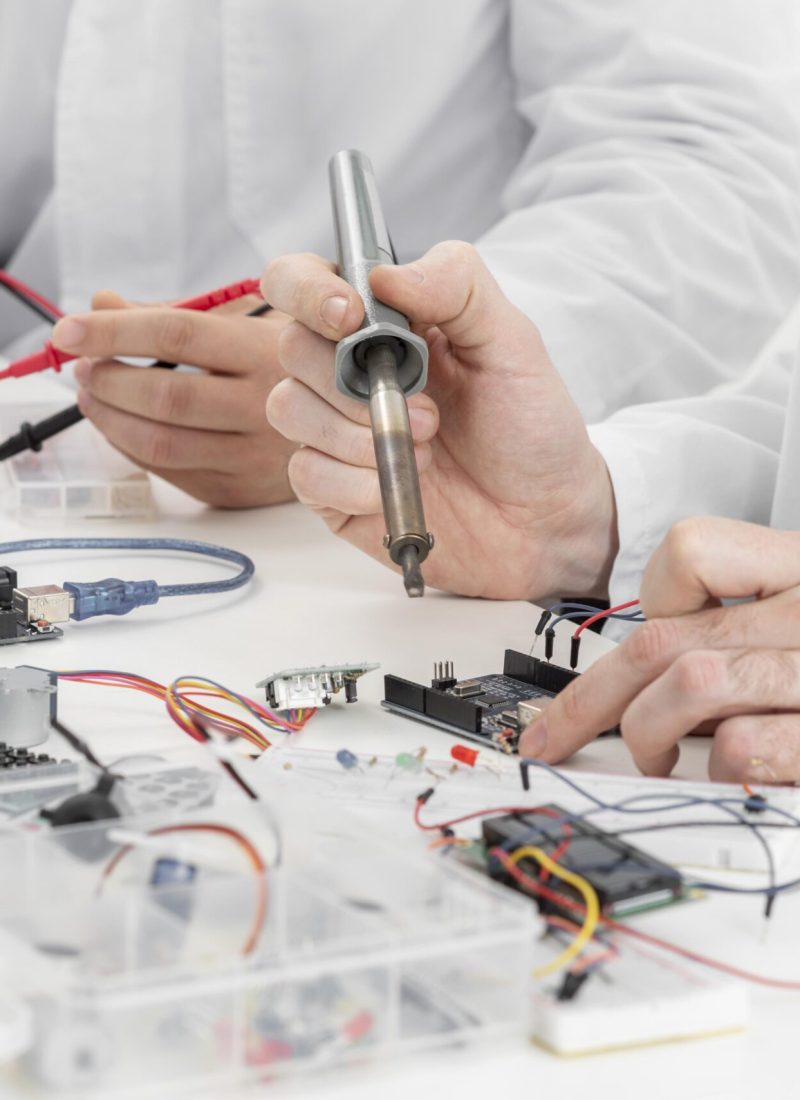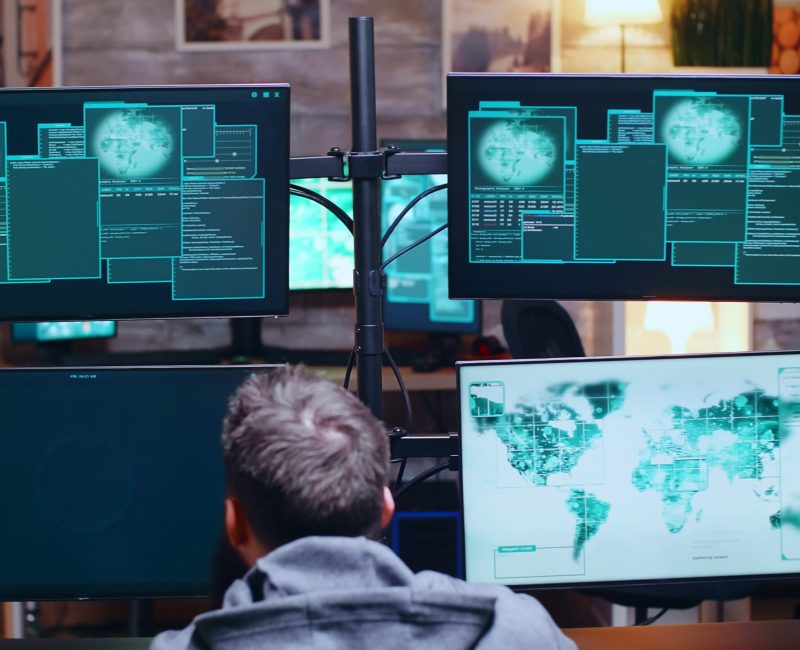
Radar Systems/Sub-Systems Software
Numerous defense platforms, including aircraft, ships, and land-based military applications, among others, utilize RADAR technology. Electromagnetic waves are used by RADAR electronics to identify, locate, and track objects in a target region, including airplanes, spacecraft, unmanned aerial vehicles (UAVs), ships, etc.
Radars calculate the separation between things detected and the location of the RADAR. Advanced RADAR Signal Processing Engines assist RADAR systems and RADAR subsystems in transmitting energy into space, receiving, and processing the reflected signals from nearby targets
RF sub system
Our collaboration with top international OEMs that specialize in defense electronics COTS Solutions complements VARISIS’ design and development services for RADAR Systems and Radar subsystems. Leading manufacturers of COTS hardware and software are among them, including Curtiss Wright Defense, Elma Electronics, Wind River Systems, and ELMA, to name a few. Many commercial, military, and paramilitary systems, including ground-based, ship-based, and airborne radars, use VARISIS RADAR subsystems and RADAR Electronics designs.
For a variety of uses, including air and missile defense, aerial mapping, airspace monitoring, airborne countermeasure, surveillance, navigation, weapon guidance, and weather monitoring, we design and develop radar electronics and radar subsystems in frequency bands like VHF/UHF, L-band, S-band, C-band, X-band, and Ku-band.
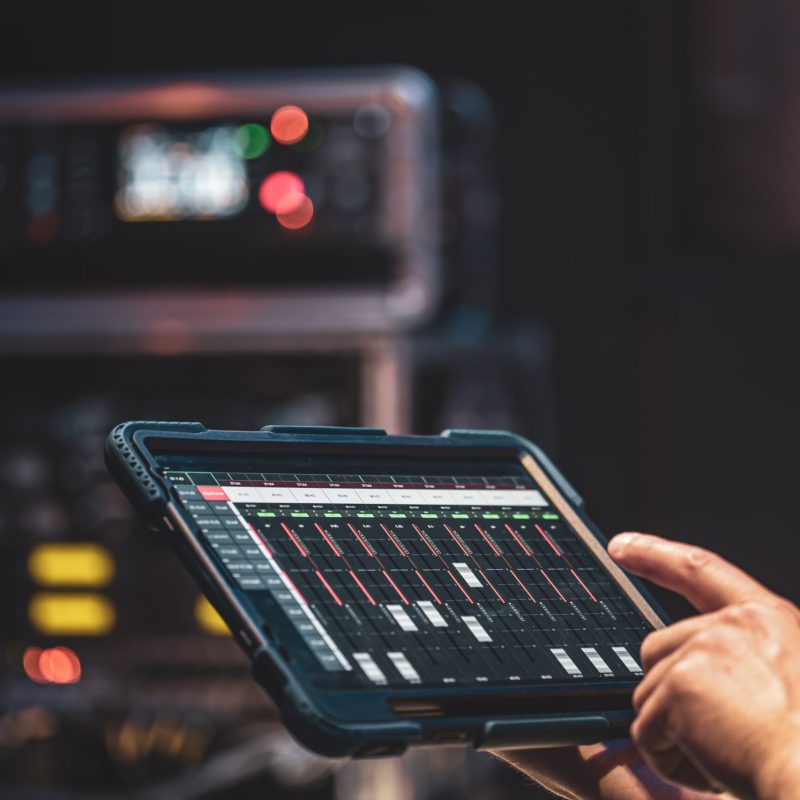
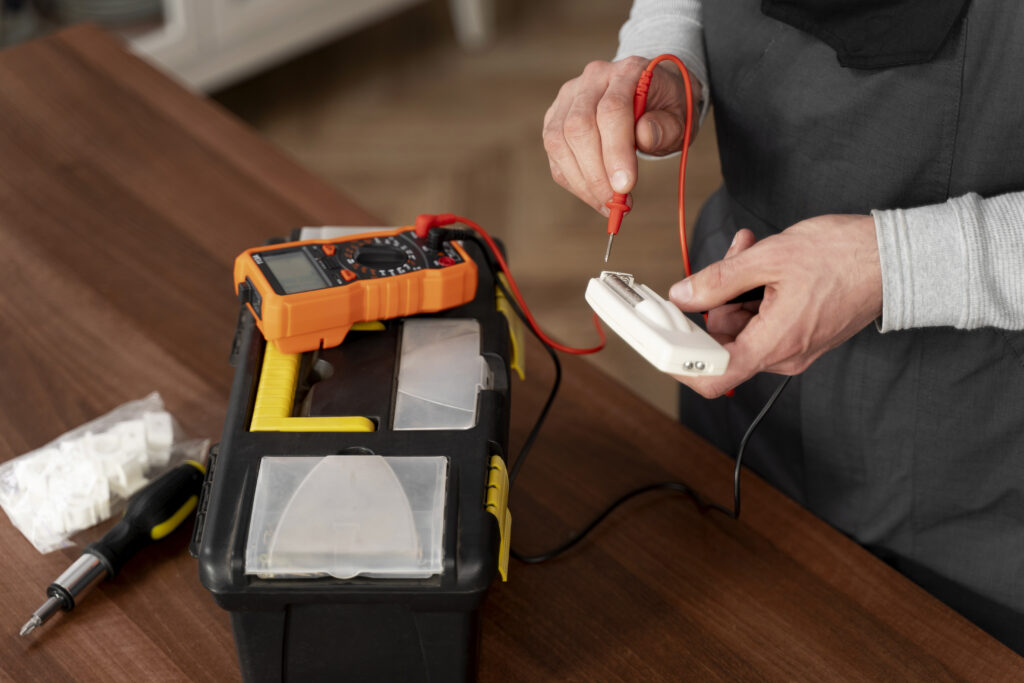
Test equipment
VARISIS test equipment is used to develop, produce, test, and maintain military airborne electronic systems. Our state-of-the-art test solutions meet the high standards of quality and performance you have come to expect from VARISIS while providing the essential data needed to maintain a safe flying environment.
T/R (Transmit/receive) modules
Most radars now use phased array technique, enabling electronic beam steering. Radar using T/R modules can perform multiple radar functions simultaneously. T/R modules use high power Gallium Nitrate (GaN) based solid state amplifiers along with low noise receiver circuitry.

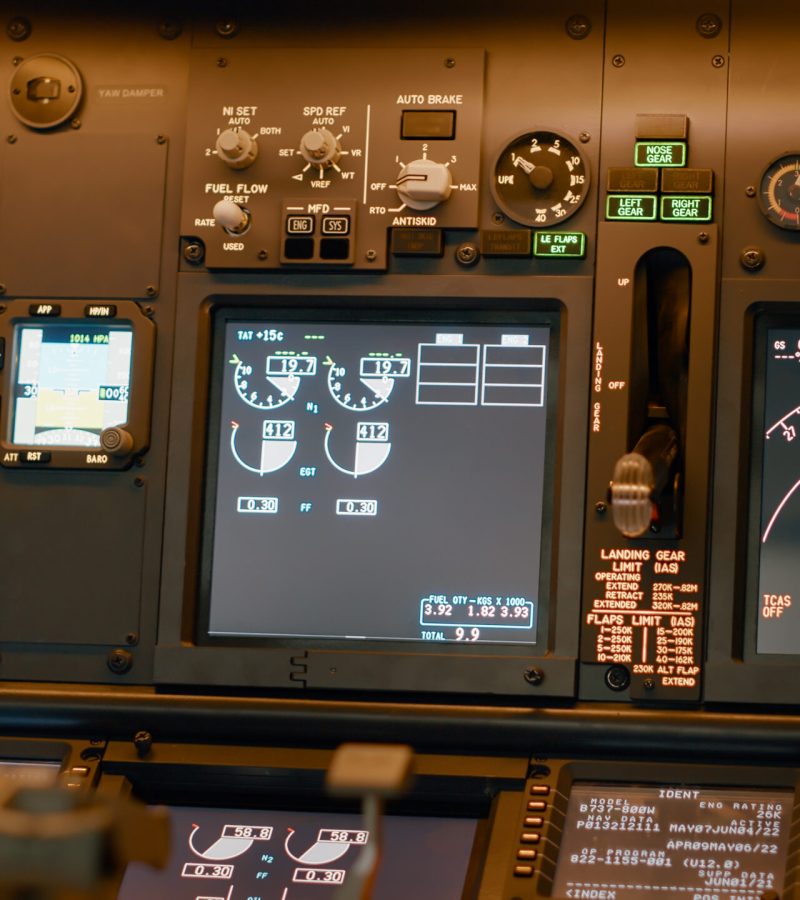
Radar
In a significant region, air defense radars can identify air targets and pinpoint their location, course, and speed. The bearing coverage of an air defense radar is a full 360 degrees, and its greatest range can surpass 300 miles. Based on the quantity of positional information they provide, air defense radars are often split into two groups. Two-dimensional, or 2D, radars are defined as radar systems that solely offer range and bearing information. Three-dimensional, or 3D, radars are a type of radar set that provides information on range, bearing, and height.
Because they are capable of detecting incoming enemy aircraft or missiles from considerable distances, air defense radars are utilized as early-warning tools. Early adversary detection in the event of an assault is essential for a successful attack defense. Anti-aircraft artillery, missiles, and fighter planes—all of which are referred to as “AAA”—must be raised to a high state of readiness in advance of an attack. A fire-control tracking radar is first placed on a target using range and bearing data from air defense radars.
Test methodologies
The next phase in a flight test program is to develop organized methods for data gathering after requirements and interest metrics have been determined. Test data must be recorded using controlled and repeatable techniques in order to be relevant and valuable. Flight test techniques, or FTTs, are the names given to certain configurations and actions. All reputable test pilot programs teach FTTs, although the ideas are also covered in a number of books. FTTs are not a recipe and must be customized to the test vehicle and the program needs of interest, despite the fact that they involve numerous common maneuvers for data collection.
FTTs should be modified for the majority of programs using a first-principles method to gather relevant data. Advisory circulars might be helpful in defining pre-approved exam techniques for civil certification programs. Building flight test methodologies is a discipline that draws on vast databases of best practices and peer-reviewed literature. Hundreds of publications detailing flight test lessons learned are published by the Society of Experimental Test Pilots (SETP) and Society of Flight Test Engineers (SFTE). For test professionals, these organizations’ publications and wealth of information for members make them useful tools.
